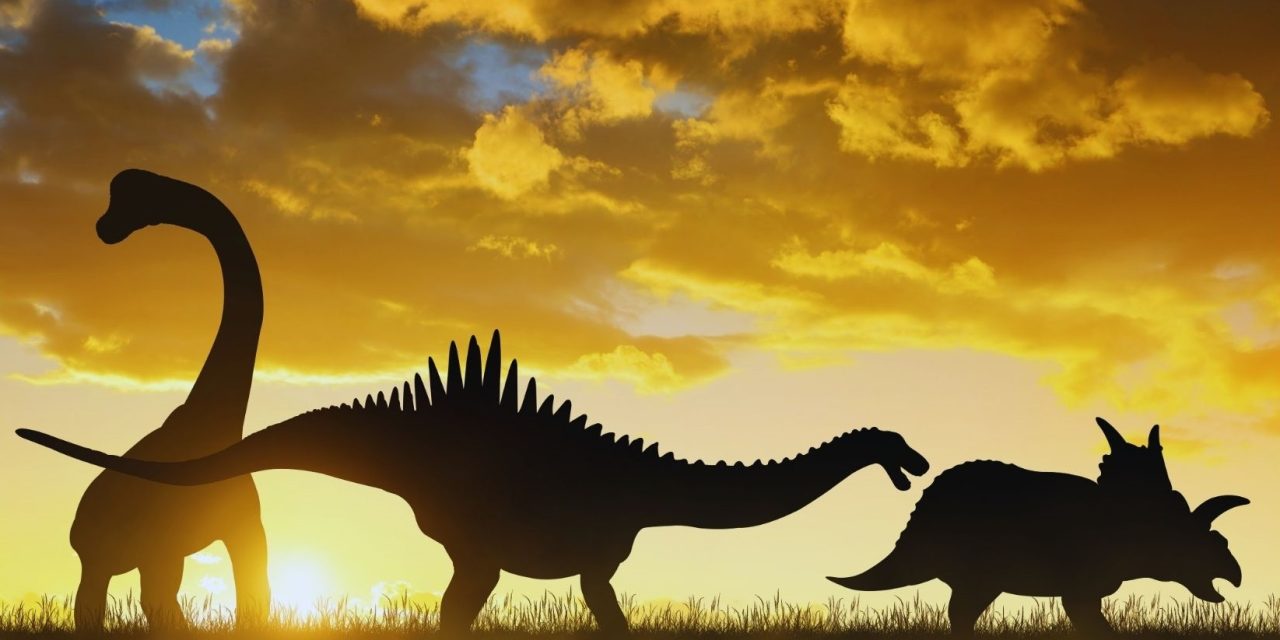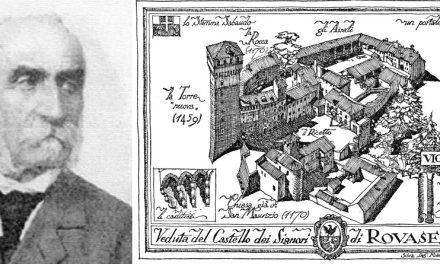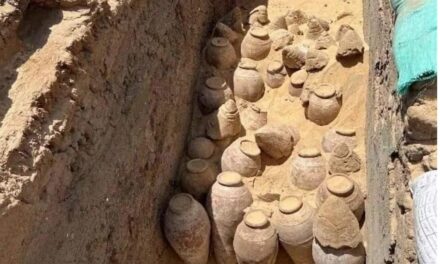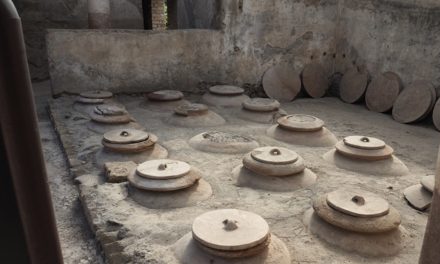New research reveals the impact of the Chicxulub Asteroid on the evolution of grape vines
CHICAGO – Recent research suggests that the asteroid impact which led to the extinction of dinosaurs 66 million years ago also set the stage for the evolution of grapes, a crucial component for wine production. The Chicxulub asteroid’s impact disrupted ecosystems, eliminating non-avian dinosaurs and 75% of plant and animal life. This extinction allowed plants, including early grapevines, to thrive without being trampled by large dinosaurs. Fossil evidence from the neotropical regions of Colombia, Panama, and Peru indicates that grape seeds appeared in the fossil record soon after the asteroid impact, around 60 to 19 million years ago.
Fossil Discoveries and Evolution
A team from the Field Museum of Natural History in Chicago discovered fossilized grape seeds in these regions, providing the earliest evidence of the Vitaceae family in the Western Hemisphere. This family includes grapevines, and the study published in Nature Plants highlights how the extinction and subsequent dispersal events significantly influenced the evolution of these plants. The researchers noted that the extinction event reshaped plant communities, allowing vine plants like grapes to flourish by climbing through the trees and avoiding being crushed by large animals.
The Impact on Plant Life
Dr. Fabiany Herrera, one of the study’s authors, explained that the extinction event had a profound impact on plant evolution, changing the composition of forests. With dinosaurs gone, forests became denser, and plants, including grapevines, could grow and spread more effectively. Additionally, the diversified bird and mammal populations likely aided in dispersing grape seeds, further promoting their growth and establishment.
A Toast to the Asteroid
The next time you enjoy a glass of wine, you might consider raising a toast to the six-mile-wide asteroid that played an unexpected role in creating the conditions for grapevines to thrive. This fascinating intersection of paleontology and viticulture underscores the intricate and sometimes surprising ways in which life on Earth is interconnected.










